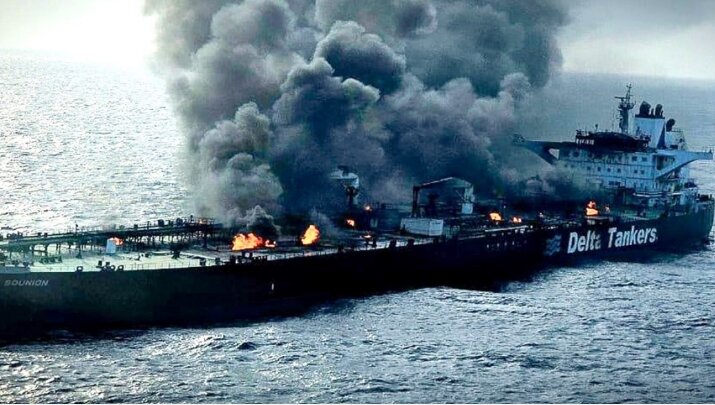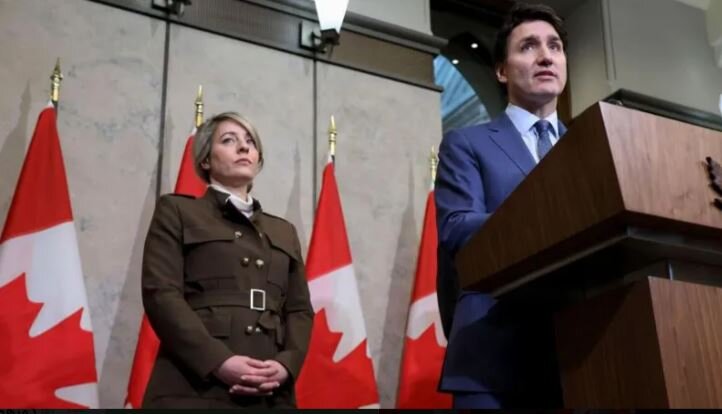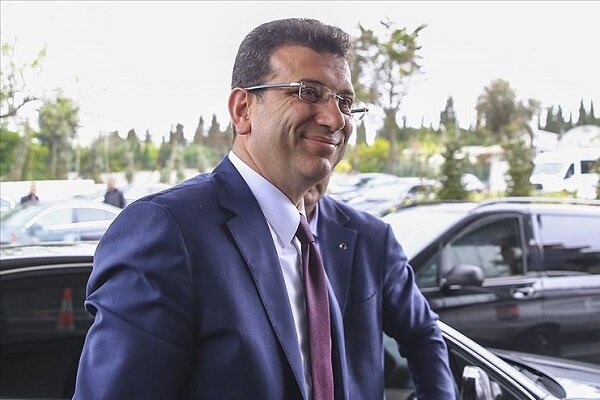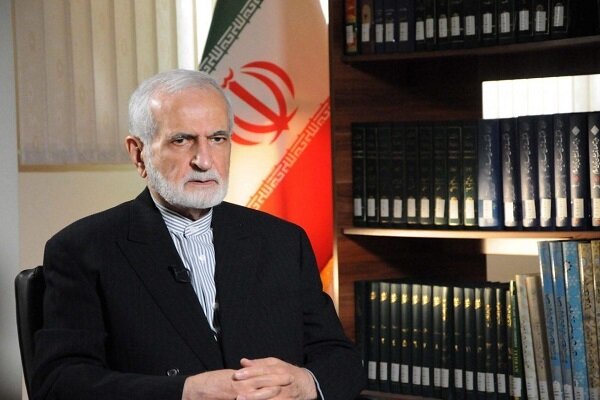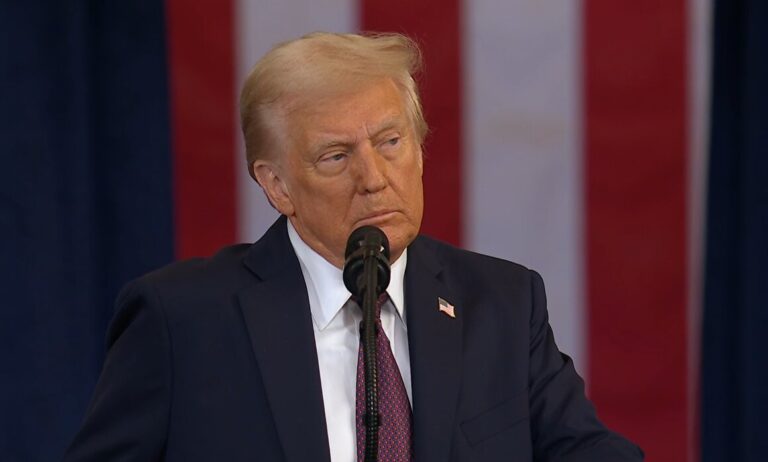Navigating the Red Sea Truce: Israel’s Balancing Act Between Sanaa’s Strategy and Trump’s Priorities
On May 7, 2025, a significant ceasefire agreement was announced between U.S. President Donald Trump and the Sanaa government, mediated by the Sultanate of Oman. This agreement aims to secure navigation in the Red Sea, marking a pivotal moment in regional geopolitics. While this ceasefire halts U.S. strikes on targets in Yemen in exchange for the non-targeting of American ships, it is important to note that Sanaa explicitly stated and Trump confirmed that the agreement does not include operations against the occupying regime. This means that actions against ships linked to it will persist.
This development highlights a transformation in U.S. priorities under Trump’s leadership, showcasing that control over the Bab al-Mandab Strait is now influenced more by resistance movements than by Washington or its allies. The implications of this ceasefire extend beyond immediate military concerns, indicating a shift in how the U.S. engages with regional conflicts.
The agreement between Sanaa and Washington does not signify a complete withdrawal of U.S. support for the occupying regime. Instead, it reflects the Trump administration’s strategic aim to reduce military involvement in Yemen while striving for stability in a crucial maritime corridor that has experienced numerous disruptions. The decision to cease direct confrontations with Sanaa highlights a pragmatic approach, primarily motivated by U.S. interests rather than unwavering commitments to regional allies, even if that ally is the occupying regime.
The Red Sea: A Militarized Corridor
The Red Sea has become a focal point for military action, particularly since the launch of Operation “Prosperity Guardian” in late 2023. This operation, initiated under Washington’s direction, was designed to protect ships from Sanaa’s attacks. However, it inadvertently escalated tensions and led to unintended consequences:
- Over 18 shipping companies were forced to reroute via the Cape of Good Hope.
- This rerouting significantly increased global trade costs.
- Supply chains faced considerable disruptions.
In contrast, the recent ceasefire has led to a notable decrease in attacks on ships not affiliated with the occupying regime. This has allowed for a cautious resumption of maritime traffic, although operations against the Zionist regime’s vessels continue.
Symbolic Escalation: A New Strategy
Since late 2023, Sanaa has escalated its military actions, employing drones and ballistic missiles to target cities deep within occupied territories, including Jaffa, Eilat, and multiple strikes aimed at Ben Gurion Airport. While some reports claim these attacks number “a thousand,” the actual count may differ; nonetheless, their psychological impact on the occupying regime has been profound. Millions have been forced into shelters, disrupting economic and security systems and indicating a strategic failure to deter the resistance axis.
The precision of these attacks—particularly those near Ben Gurion Airport—demonstrates that the intent was not merely to inflict damage but to convey a calculated message. Sanaa aimed to showcase its technical and intelligence capabilities to strike sensitive facilities deep within the occupied territories while minimizing civilian casualties. This strategic choice underscores that critical infrastructure, such as the Dimona reactor and airports, remains within Yemen’s line of fire, should a decisive response be warranted. Such smart deterrence signifies a shift in the regional engagement rules.
Conditional Commitment from the U.S.
Despite ongoing military support from the U.S. for the occupying regime, Washington has refrained from responding to Yemen’s attacks since the ceasefire. This has led some observers to suggest an implicit “abandonment” by the U.S. However, the reality is more nuanced. The Trump administration is carefully balancing its support for its ally with a desire to avoid getting embroiled in another Yemeni conflict.
Sanaa’s continued attacks keep the potential for escalation alive. Nevertheless, any substantial U.S. response will be contingent on precise calculations, particularly those related to economic and domestic political considerations in a sensitive election year.
In conclusion, the recent ceasefire agreement between the U.S. and the Sanaa government signals a noteworthy shift in regional dynamics. As the U.S. recalibrates its involvement in Yemen, the implications of this agreement will resonate throughout the region, redefining relationships and power balances. The strategic maneuvers by Sanaa are not just military actions; they represent a broader narrative of resistance that challenges traditional power structures and seeks to assert influence over crucial maritime routes.
